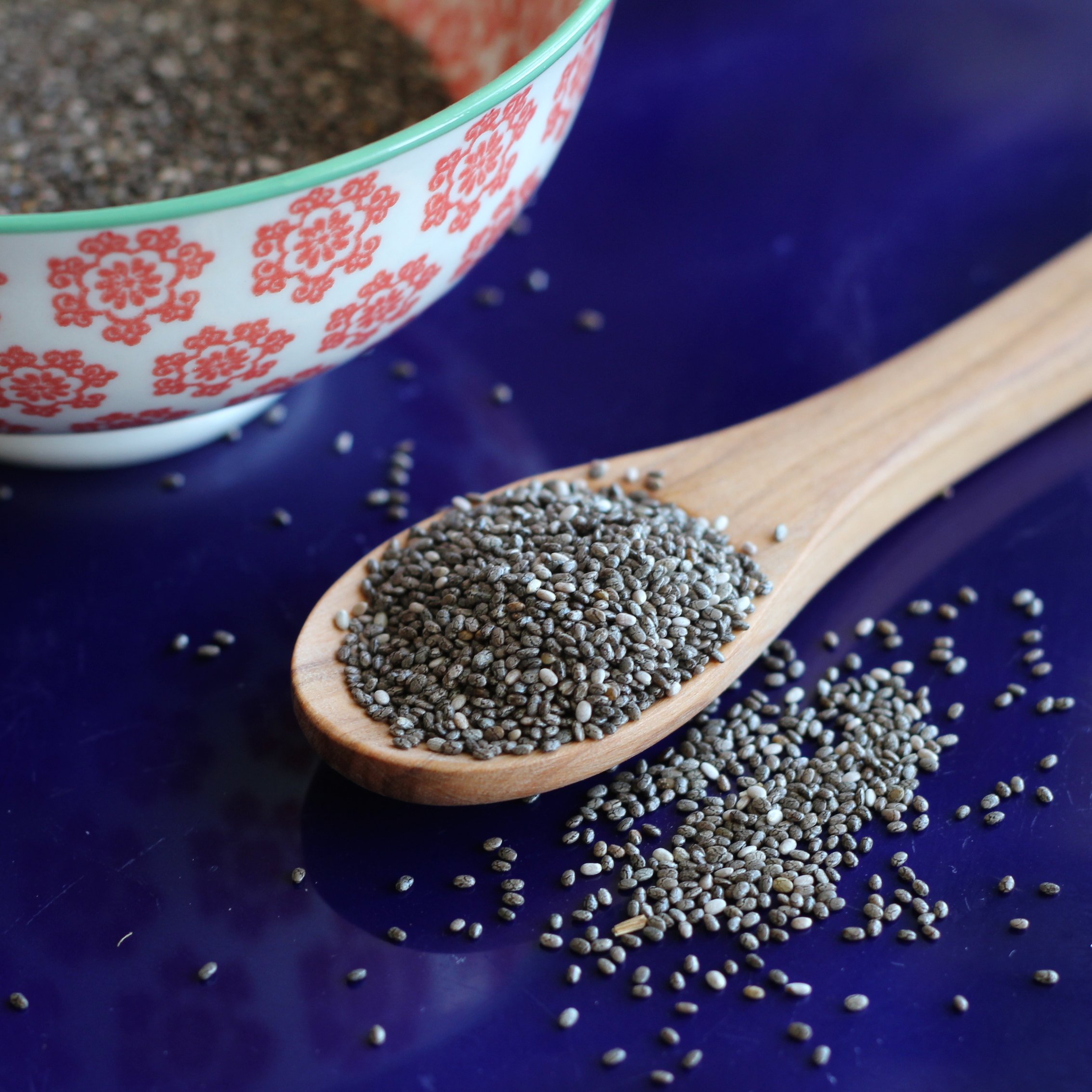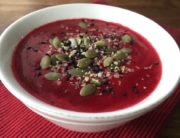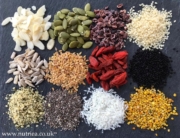Chia seed was a food and remedy of the ancient Aztec and Mayan civilisations and is still a major food crop of the indigenous people of Mexico and Guatemala where it is known locally for its medicinal properties. Despite it’s long history, recent research into it’s health benefits has led to it’s new rise in popularity. But as these new ‘superfood’ trends go, the claims can become exaggerated and misinterpreted leading to confusion. To truly benefit from adding chia to your diet it helps to understand how to use it to best effect, how to prepare it properly and what you need to look out for. The therapeutic benefits associated with chia relate to its high amounts of omega 3 fats, high dietary fibre, complete protein status and phenolic compounds.
Omega 3 fats
Chia is particularly rich in alpha-linolenic acid (ALA), giving it a unique composition among plants. Roughly a third of the seed is fat and of that up to 68% is ALA depending on growing conditions, being highest in seeds grown in colder temperatures and at higher altitudes, so look at the country of origin on the packet. ALA is an ‘essential fatty acid’ meaning we cannot make it and all must come from the diet. It is the parent molecule of the omega 3 family, from which we create the longer-chain omega 3 fats such as EPA (eicosapentaenoic acid) and DHA (docosahexaenoic acid) both of which can be consumed pre-formed in fish oil. It is these longer-chain omega 3 fats that are believed to be able to lower blood pressure in hypertensives, reduce arrhythmias, reduce inflammation and lower triglycerides. To convert ALA into EPA and DHA certain enzyme systems are required, so those not eating fish need to know what controls conversion. If you are eating chia seed specifically for the benefits of EPA and DHA, then look at what you need to ensure proper conversion.
A good source of protein
Chia is a complete protein, meaning it contains all the essential amino acids. This is unusual for a plant protein, making it an ideal go to food for vegetarians/vegans in need of more protein. Protein is required for growth and repair, the immune system and to make the many enzymes needed to carry out functions in the body. Protein is also required to support your liver in detoxifying and also helps balance blood sugar levels in those with insulin issues.
Dietary fibre
By weight, chia is almost half carbohydrate, but this is almost entirely in a form known as dietary fibre, giving chia a very low glycaemic load (a measure of how much a food increases blood glucose levels). This makes it great for anyone with blood-sugar balance or insulin-related disorders. The fibre is also a great food source for the beneficial bacteria in your gut. However, be warned… if you are not used to a fibre-rich diet then chia should be introduced gradually or the sudden hit of fibre will cause a bacteria party causing gas and discomfort.
Chia is a demulcent
From the latin ‘demulcere’ meaning ‘caress’, a demulcent means that when mixed with water chia gelaninises to form a gel which can soothe an irritated digestive tract. This also slows the release of nutrients to provide a slow release of energy over a longer time. Because of its ability to absorb water it is advised to use chia as a gel rather than dry seeds unless well hydrated as it will pull water from your body that can exacerbate dehydration. You will get the water back eventually, but while it is held in the gut and slowly released back it is essential to ensure you have sufficient water in the meantime.
Minerals and phytates – a double-edged sword
Chia is reported as being high in minerals, particularly phosphorus, calcium and manganese. However, I don’t advise using it as a source of minerals as the phosphorus is stored as phytic acid. When phytic acid is bound to a mineral it is known as phytate and phytates are generally regarded as anti-nutrients as they bind to minerals in our food making them unavailable to us. Yet, when humans eat seeds the phytates are degraded to a compound called inositol hexaphosphate (IP6) and recent research has shown IP6 protects against cancer through many mechanisms including enhancing immune function, anti-inflammatory activity, reducing abnormal cell proliferation and inhibiting tumour metastasis. Where you need to think carefully is in your own personal requirements for minerals such as iron and zinc. If you have higher need for these particular minerals then phytates can be a problem for you. Iron is important for infants around 6 months od age and also those with iron-deficiency anaemia. Soaking seeds can reduce phytic acid by activating phytases and also combining phytic acid foods with vitamin C can increase absorption of the minerals. Having sufficient stomach acid is necessary to absorb minerals and may be something you need to look at. If you are still concerned then take a digestive enzyme that contains phytase enzymes to enjoy the other benefits of chia.
Phytonutrients
There are high levels of antioxidants in chia, with the black seeds higher than the white. Rosmarinic acid and Protocatechuic acid are the two main compounds. They provide antimicrobial effects, antioxidant, anti-inflammatory, neuroprotective properties and much more.







Leave A Comment